Mrs Beeton’s Adventures – Breads
Welcome back to my lovely readers, I thought I might go in a different direction this week, from my usual sweet bakes.
I don’t think you could find many out there that don’t love one of these delicious beauties heated with butter and lashings of golden syrup. Yes today I’m heading into the wonderful world of the golden crumpet!
The glorious crumpet is said to have originated in Wales and the earliest recipe was written way back in 1769. Originally cooked on a iron griddle pan over an open fire, which you will be relieved to know I won’t be attempting today. 😁 No need to ring the fire brigade, lol.
I started out with a quart of milk warmed, this is rather a lot so make sure you have plenty left over for your accompanying cuppa. A quart is equal to 4 cups or 1 litre of liquid. I then added 1/2tsp of salt and 1 1/2 ounces of yeast and stirred that up to froth. This recipe doesn’t actually give any quantities other than the milk so I used a bit of previous knowledge of breads and a bit of good luck.
When adding the flour you need to make sure the dough is more like a batter than a dough, so more on the pouring scale. Then I exercised a bit of patience, yes I know, I’m learning. 😁 Leaving it to sit for at least half an hour to rise and get all ‘bubbly’ (the technical term).
Now make sure you have more than one crumpet ring or you will be stood at the cooktop until your legs give way (gained from experience 😁). Spray oil is a fantastic invention to grease the rings before filling with batter, making them much easier to remove.
I cooked them in a hot pan until they were golden on both sides. When you flip over with a spatula you may get some oosing of batter, no problem, just push the ring down and this gets chopped off so they are all evenly round.
If you manage to wait until they are all cooked you can heat or toast them, or you can eat them deliciously hot off the stovetop with a cute little butter pat and some golden or maple syrup.
Please don’t forget to let me know how you get on with your crumpet adventure and don’t forget to tune in for more Mrs Beeton’s adventures!
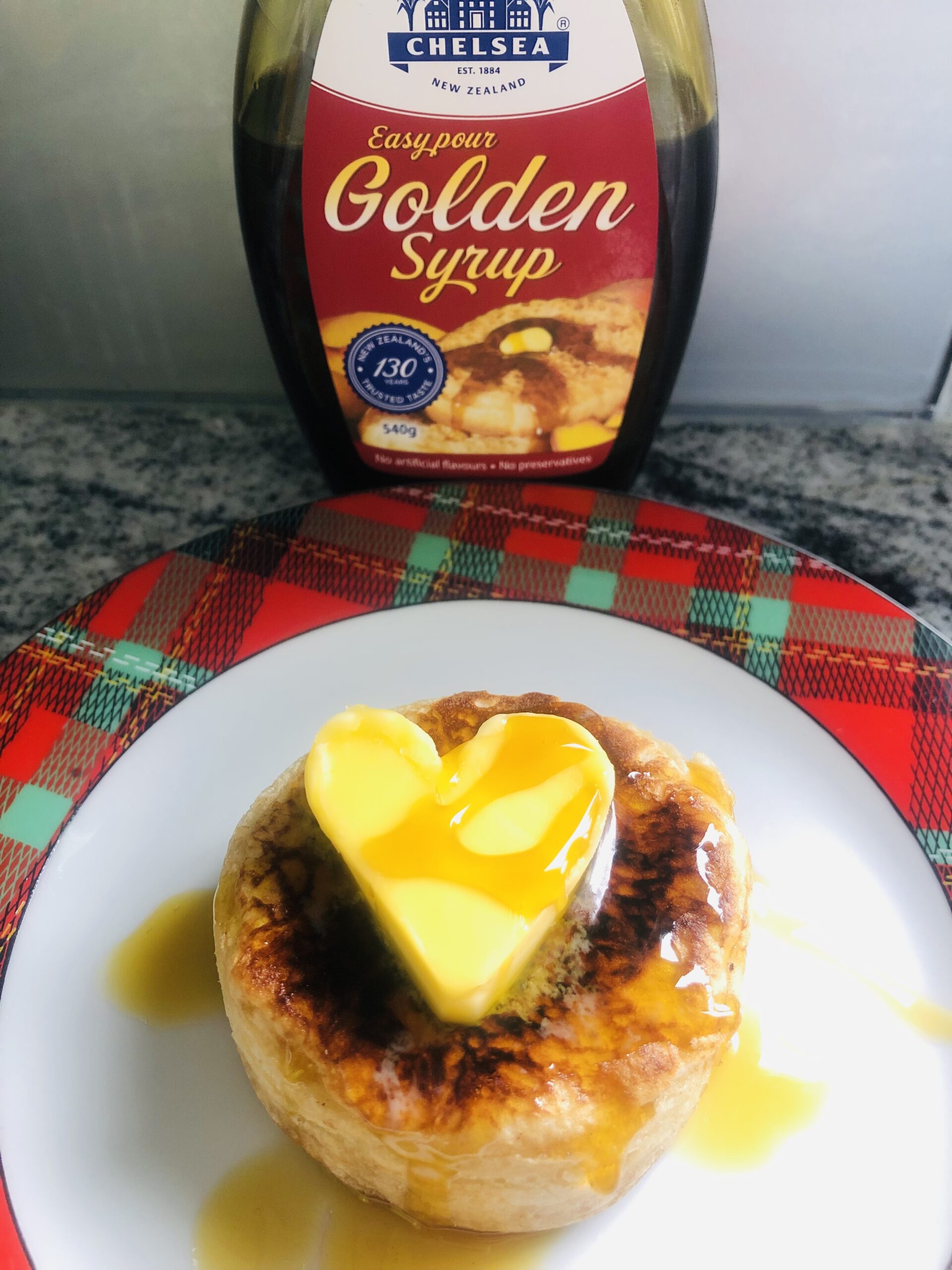
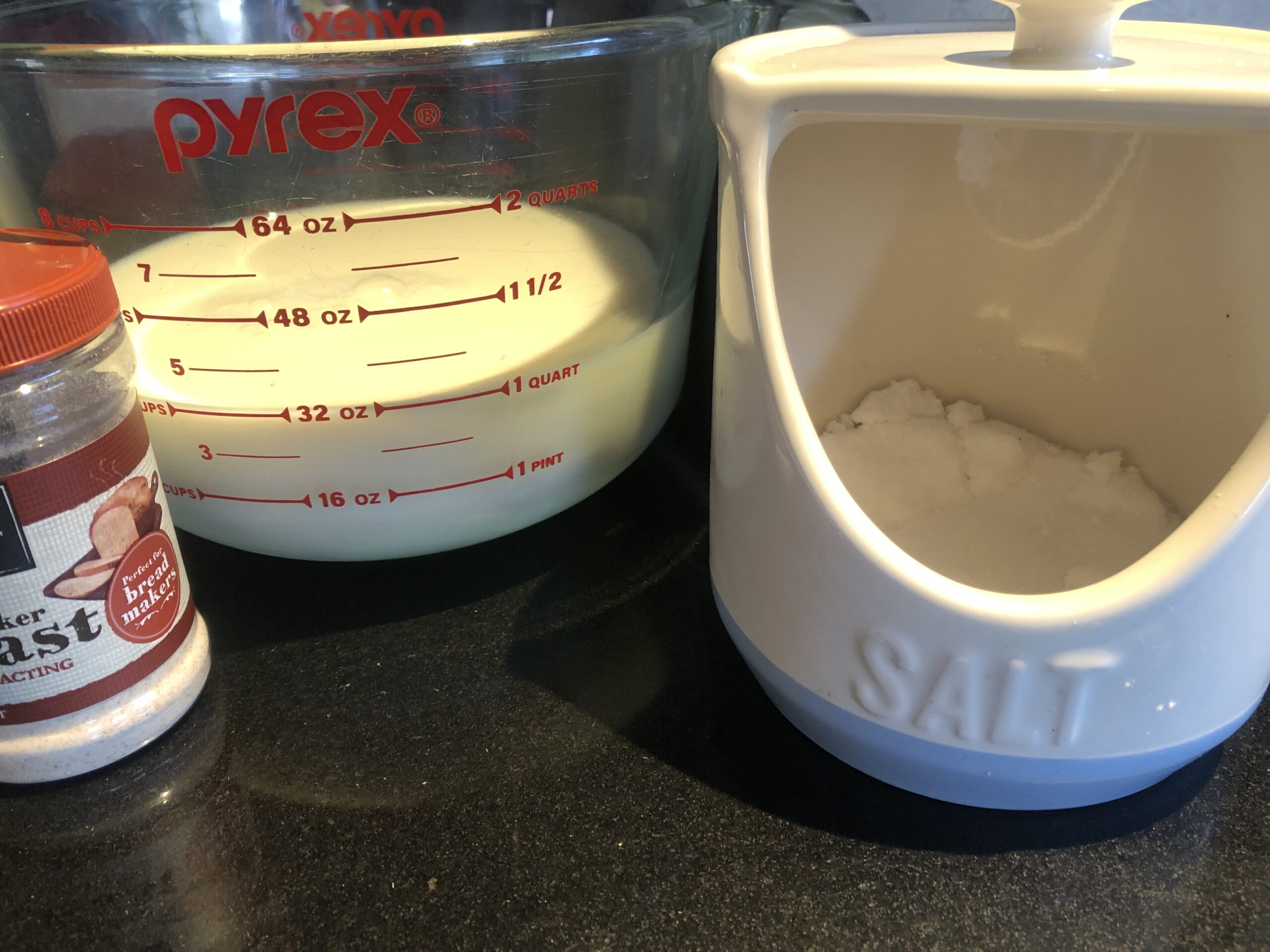
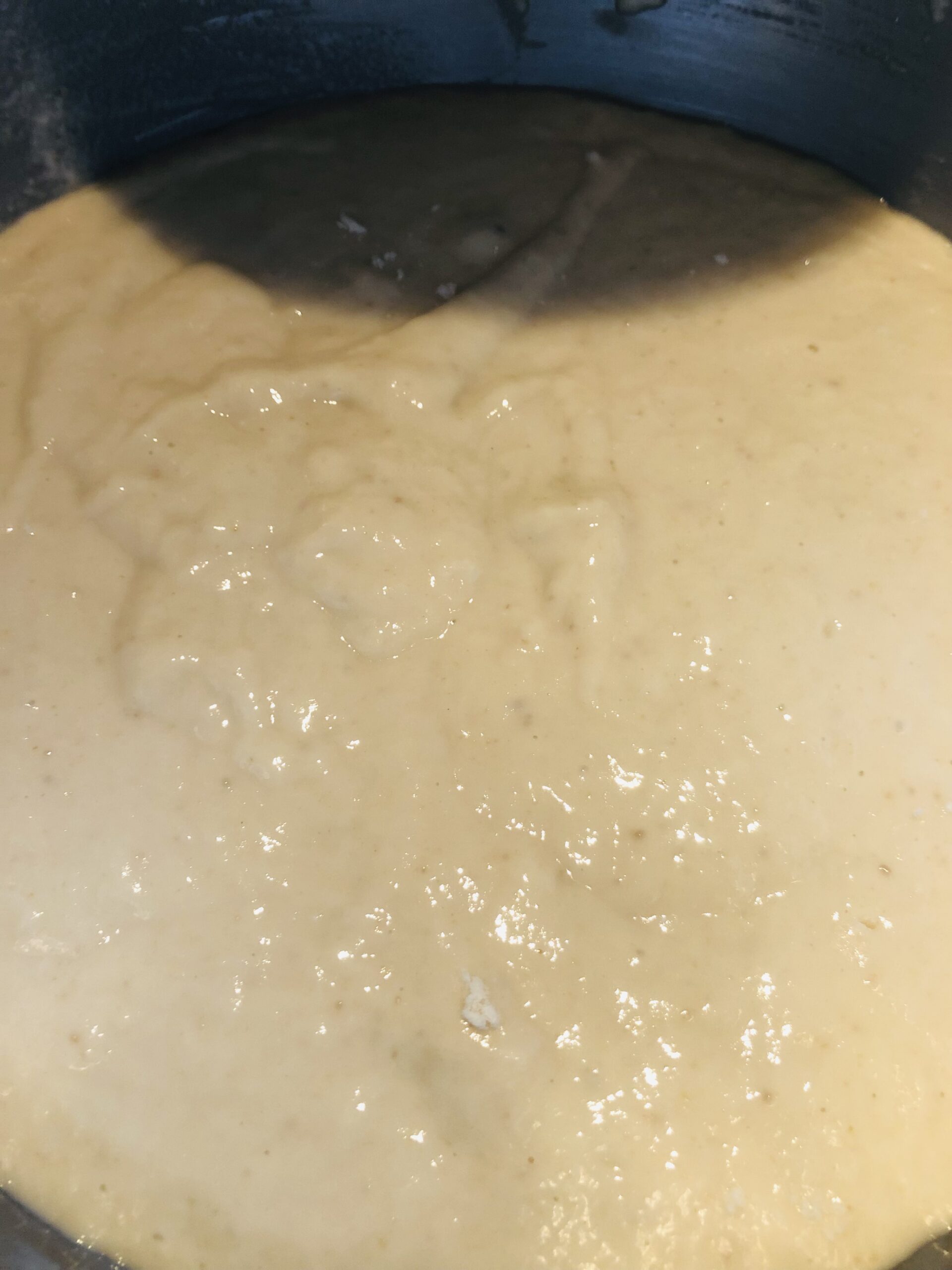
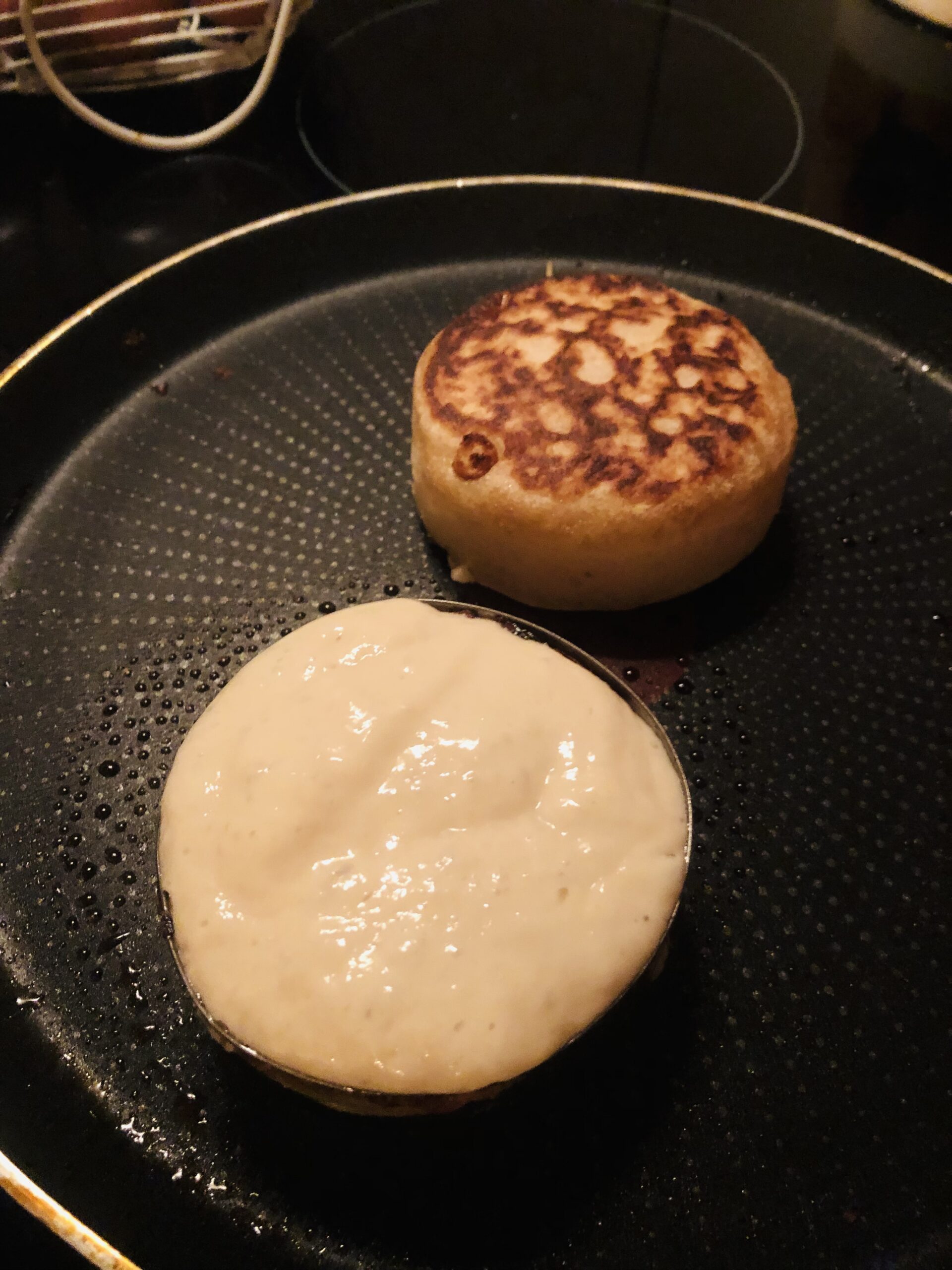
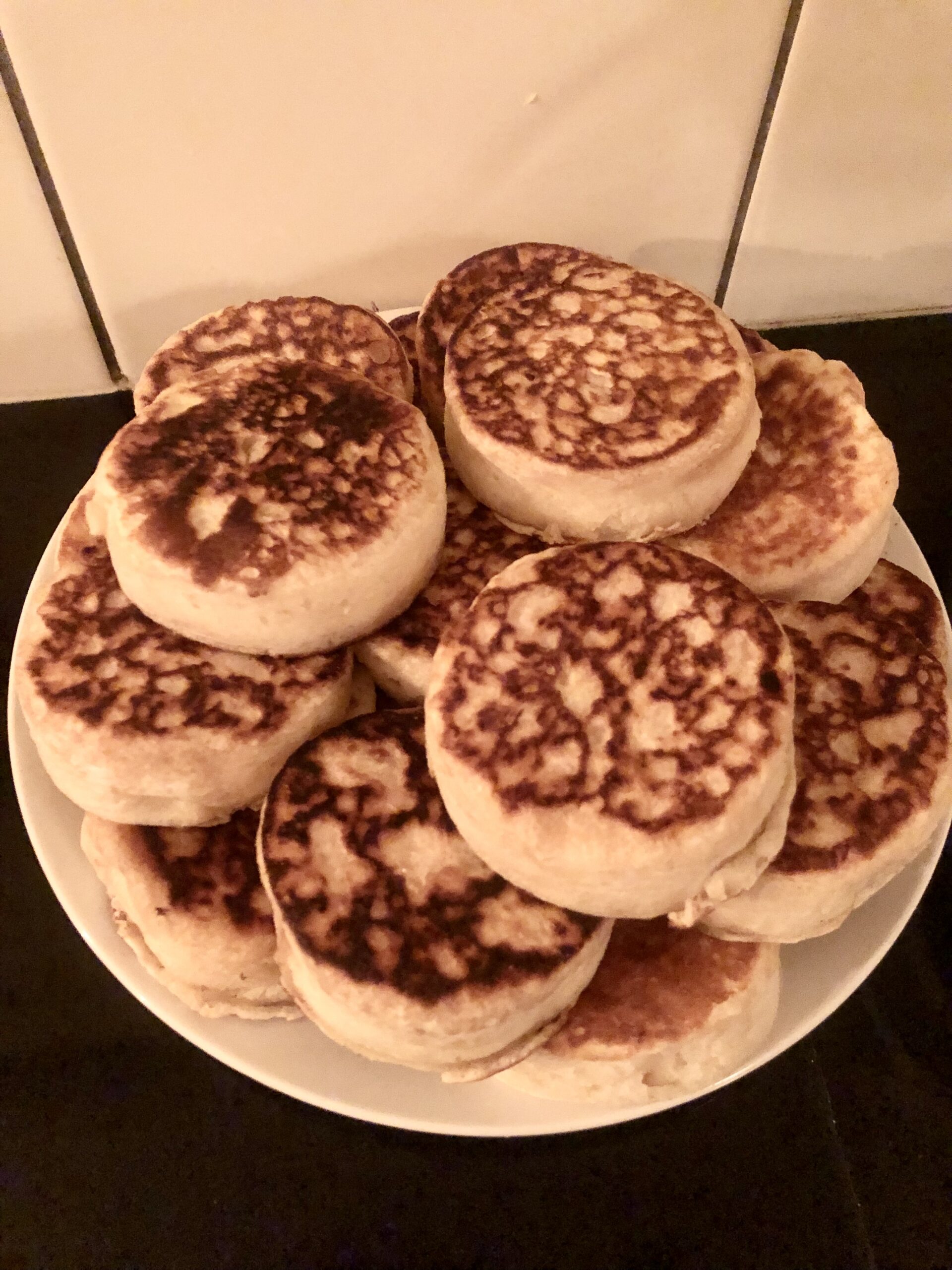
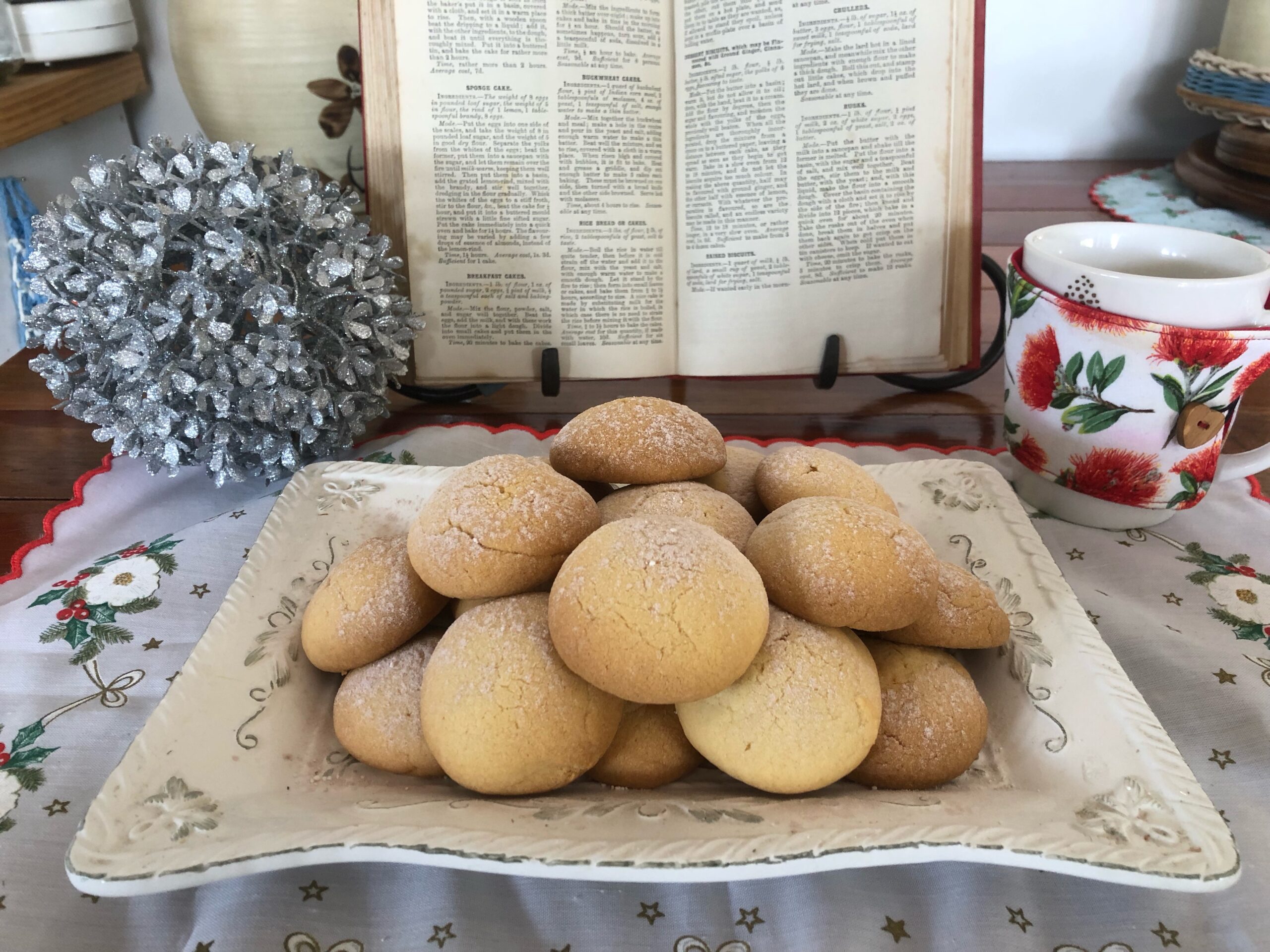

 Soften your 225g (Yeah I know, it’s a lot!) of Butter and beat it vigorously until it resembles cream instead of butter. I used my mixer for this so as not to wear out my arms this early in the bake, haha. Then I added in the flour “by degrees”, which is just really a posh way of saying ‘a bit at a time’ until it is mixed in. Then in went the icing sugar and the flavouring, and followed up by your lovely egg yolks (previously beaten until light and frothy).
Soften your 225g (Yeah I know, it’s a lot!) of Butter and beat it vigorously until it resembles cream instead of butter. I used my mixer for this so as not to wear out my arms this early in the bake, haha. Then I added in the flour “by degrees”, which is just really a posh way of saying ‘a bit at a time’ until it is mixed in. Then in went the icing sugar and the flavouring, and followed up by your lovely egg yolks (previously beaten until light and frothy).


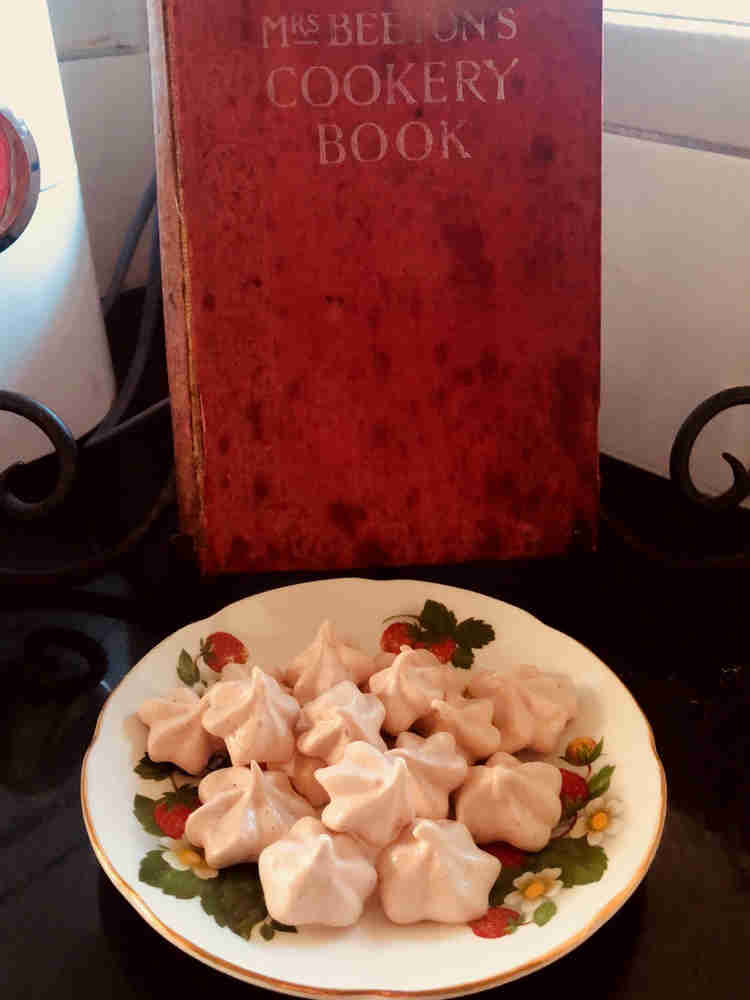

 I started by whizzing my fresh strawbs in the food processor and straining then again through a sieve so that I had a smooth as silk ‘juice’. Then all you need to do is whip the egg whites into stiff peaks and fold the three ingredients together. If you are no stranger to cooking you may be taking a look at your mixture right now and thinking it’s pretty much like a flavoured meringue, right?!
I started by whizzing my fresh strawbs in the food processor and straining then again through a sieve so that I had a smooth as silk ‘juice’. Then all you need to do is whip the egg whites into stiff peaks and fold the three ingredients together. If you are no stranger to cooking you may be taking a look at your mixture right now and thinking it’s pretty much like a flavoured meringue, right?!



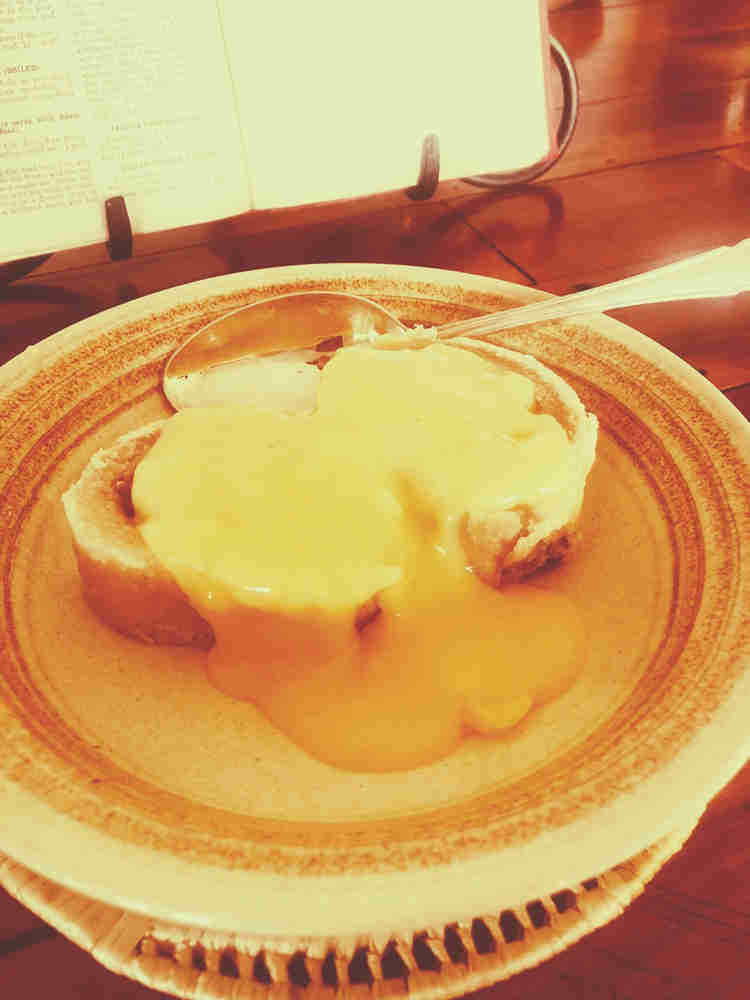









 We start off with Lima or String beans, green corn (I used regular old yellow corn as that’s all I could find – I think you can even use a mix of beans and corn to spice it up a bit), milk, butter, pepper and salt. Pretty simple list of ingredients don’tcha think? Should be a pretty short and sweet cook! Never judge a book by its cover, 😄 the cooking time is looooong!
We start off with Lima or String beans, green corn (I used regular old yellow corn as that’s all I could find – I think you can even use a mix of beans and corn to spice it up a bit), milk, butter, pepper and salt. Pretty simple list of ingredients don’tcha think? Should be a pretty short and sweet cook! Never judge a book by its cover, 😄 the cooking time is looooong!

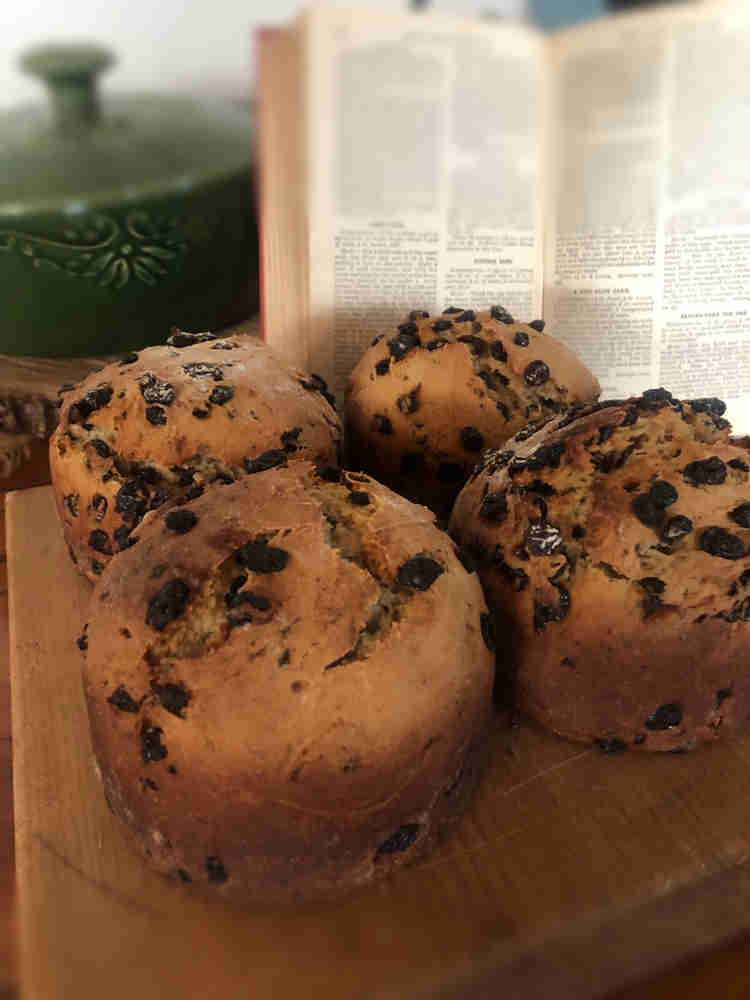





 The instructions for baking once again don’t give any specific temperature but do say I needed a ‘well-heated oven’ and ‘1 1/2 to 2 hours baking’ time.
The instructions for baking once again don’t give any specific temperature but do say I needed a ‘well-heated oven’ and ‘1 1/2 to 2 hours baking’ time.
